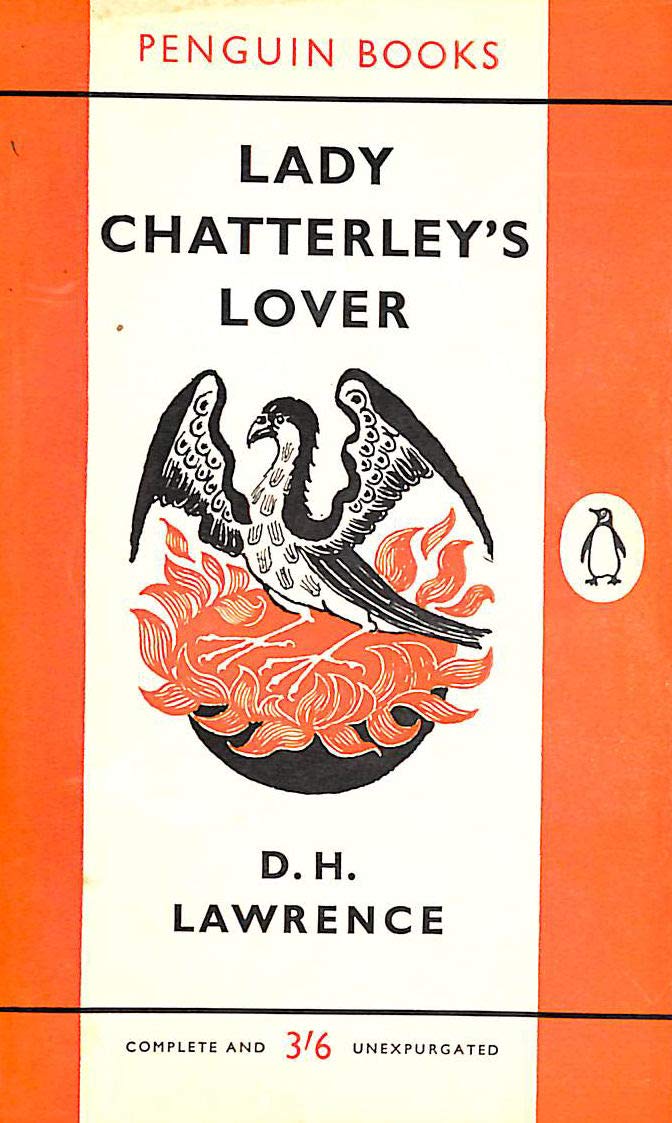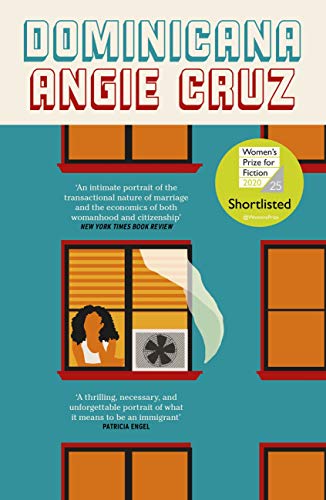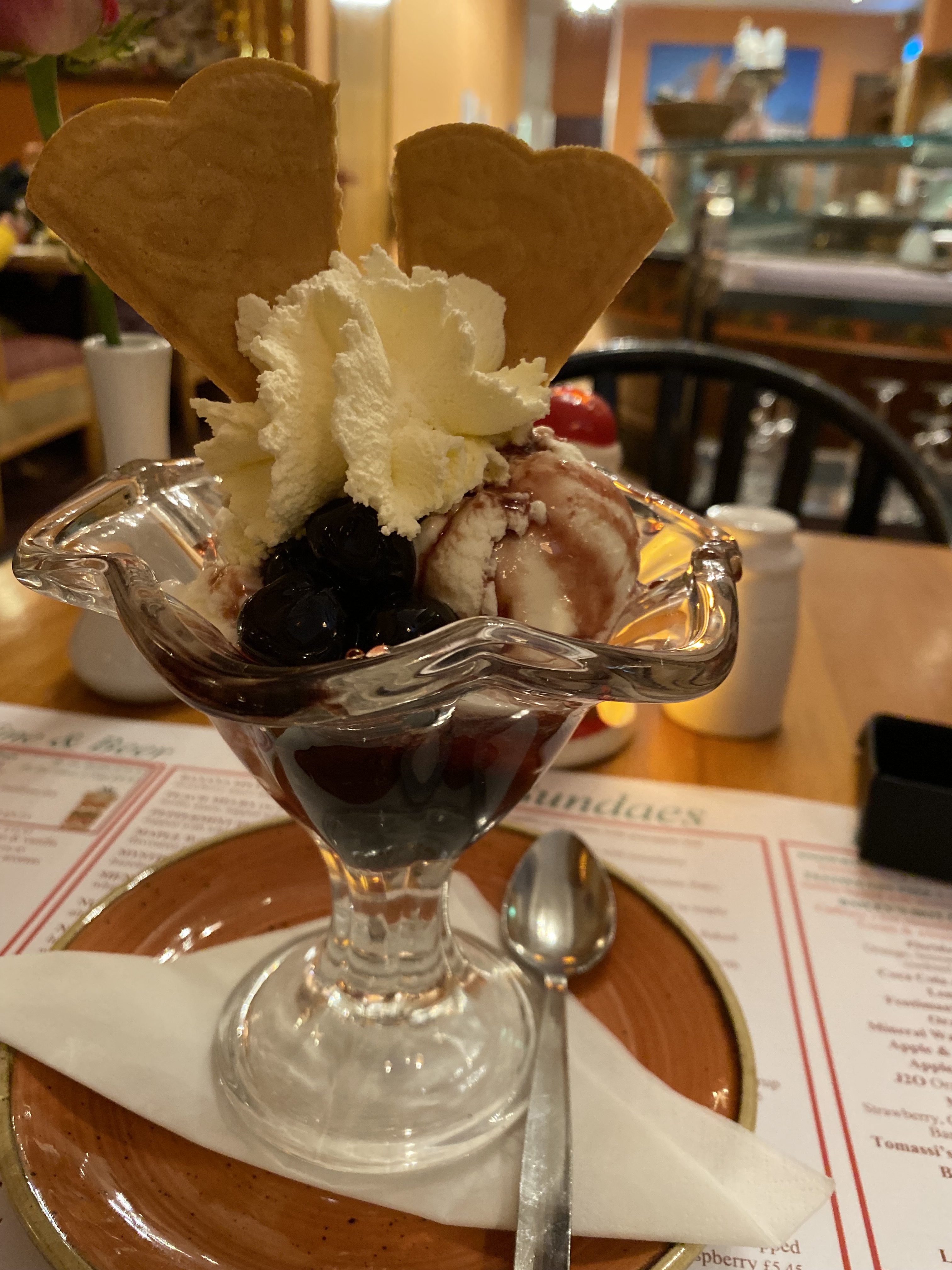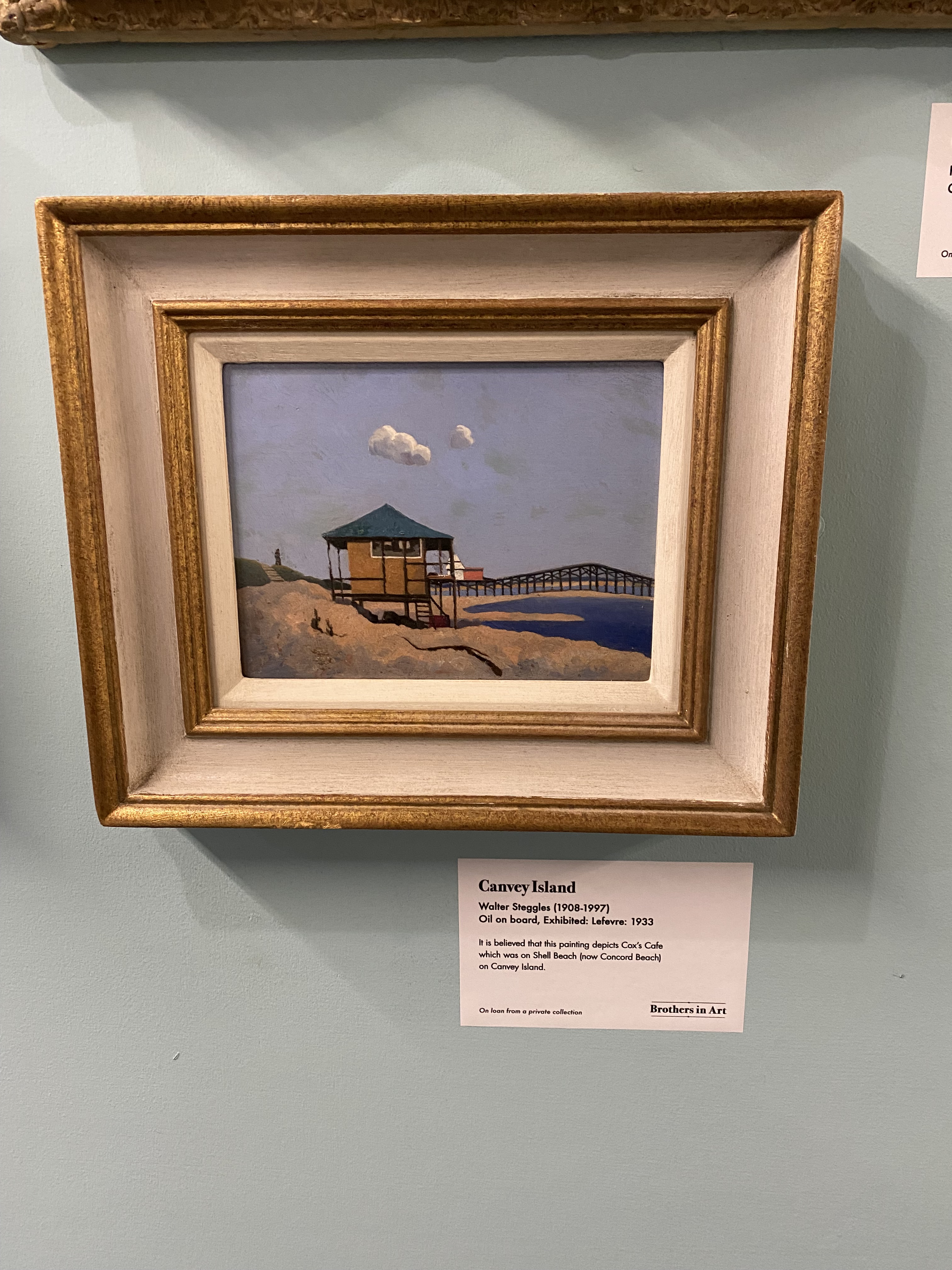One of my happiest literary discoveries of the last couple of years has been Andrew Taylor. I have posted reviews of several of his books on here. He is pretty prolific, having written a staggering forty-one novels between 1982 and 2014. He came to real prominence in 2016, however, when he published The Ashes of London a historical murder mystery set in the aftermath of the Great Fire of London in 1666. Since then, he has published a further four novels in the series, set in the same period with the same cast of characters – the court of King Charles II and the various acolytes. The main characters in each of the novels are James Marwood a bachelor clerk who has made a name for himself at court as a bit of a fixer, and Cat Hakesby (nee Lovett), widow of an architect (whom she married in book two, The Fire Court) and daughter of a convicted regicide. Cat is a ‘friend’ of Marwood’s, their paths having first crossed in the first book when Marwood was investigating a crime in which she had been implicated wrongly, though they are often at loggerheads – there is an interesting tension between them that is always on the point of boiling over. They infuriate one another, but at the same time always find that their affairs intersect and that they are in need of each other. The burden they both share is in having fathers who opposed the reign of Charles the First and supported Cromwell.

The Royal Secret is the fifth book in the series and was published in April last year. I have been eager to get hold of it and have the time to enjoy it ever since. And as with all the other books in the series I listened to it on audio. The same actor has been employed for all of the books so far, Leighton Pugh, and he is superb, able to deploy the most amazing range of voices. What is fascinating also is the consistency he brings to the characters across the whole series by the voice he uses and his interpretation of the text and dialogue. This is audio at its very best.
As always, the plot of The Royal Secret is complex and involved (this author’s imagination is quite incredible). And as always, elements of the problems set up in previous books are brought into play here. As with the other books, the story begins with a murder. This time the victim is a fellow clerk, known to Marwood at court. Marwood is asked to investigate, which brings him into close contact with the seedy underbelly of London society, including a sinister Dutchman, purporting to be a trader, and brother to the dead clerk’s widow. The Dutchman courts Cat and she falls a little in love with him, or at least with his attentions, but tragedy strikes when Marwood’s page, Stephen, the young black boy he rescued in The King’s Evil, is also killed in suspicious circumstances. Marwood suspects the Dutchman, who has gone to ground.
In a parallel plot, Cat, whose building designs have gained her some courtly attention, receives a commission from the King to design a poultry house for his beloved sister, who is unhappily married in France. Cat is sent to France with her design and a model of the building and is pursued by the mysterious Dutchman. The journey is not without consequence and it is not long before the two seemingly unconnected strands of the plot collide.
There is an interesting development in the relationship between Marwood at Cat, which I won’t spoil, but suffice to say much is left open for future novels!
This book is yet another romp through Restoration London. As well as providing breathtaking action, great characterisation and brilliant writing the author’s attention to detail and pursuit of authenticity ensures these books provide a pretty sold history lesson too! I have never learned so much about this particular period of my national history as I have in following up nuggets of information in these books with wider research.
I am a definite Andrew Taylor fan and I can’t wait for the next book!
Highly recommended.


























